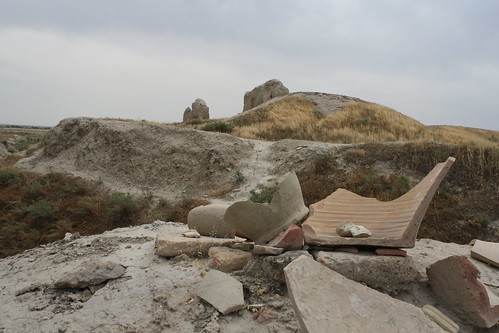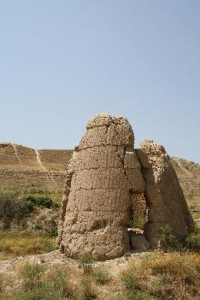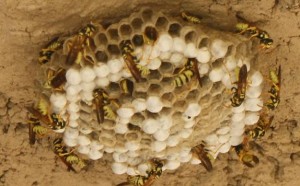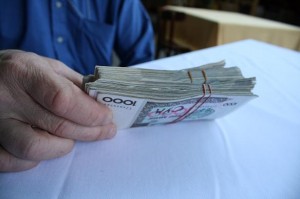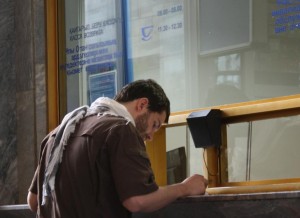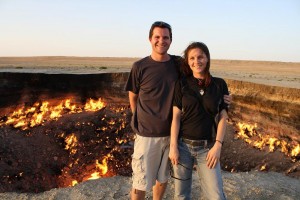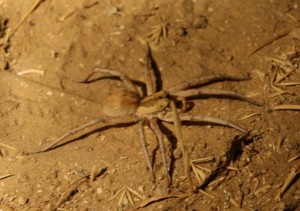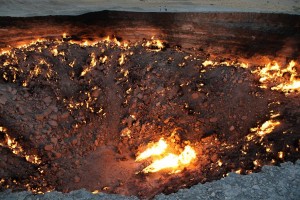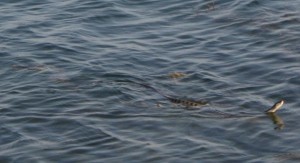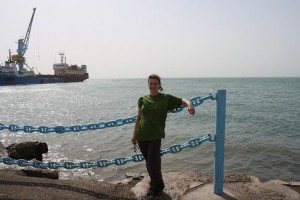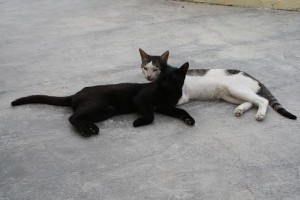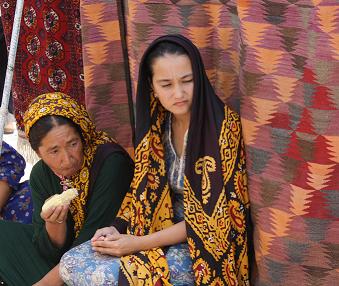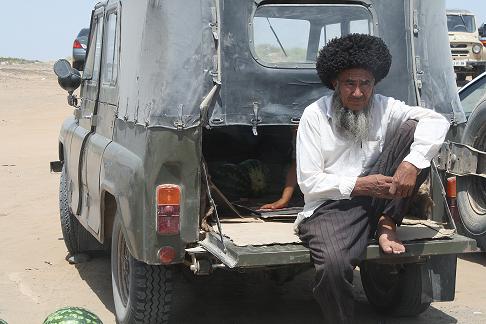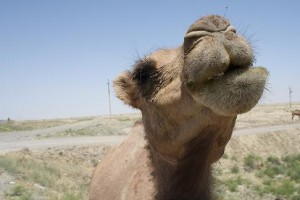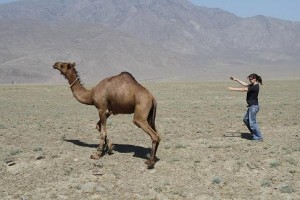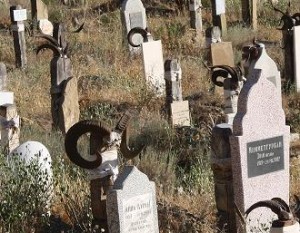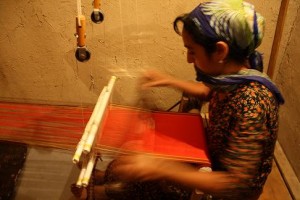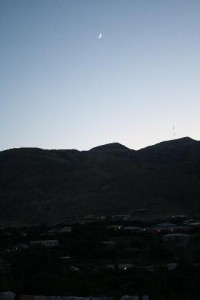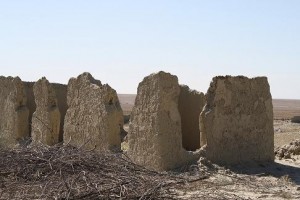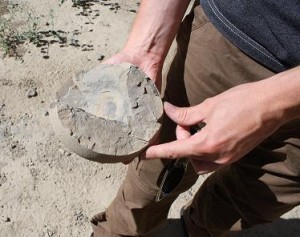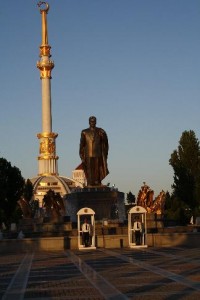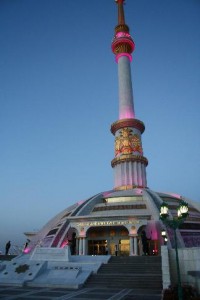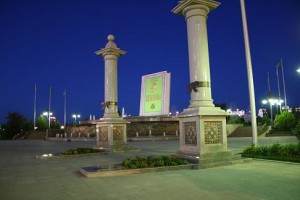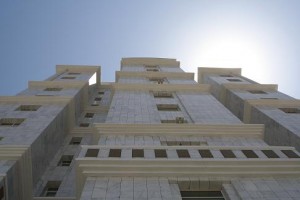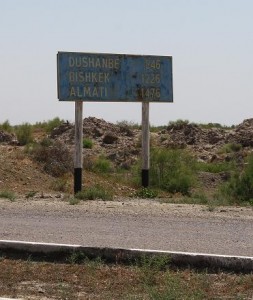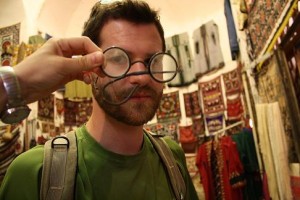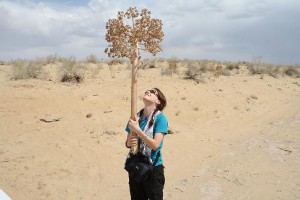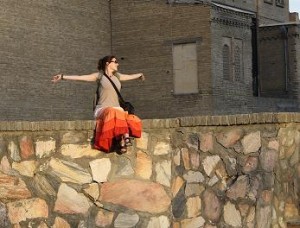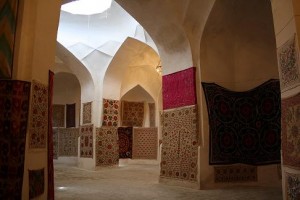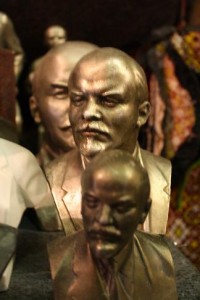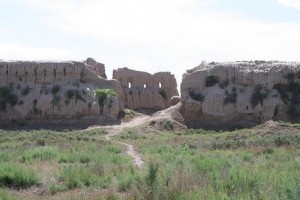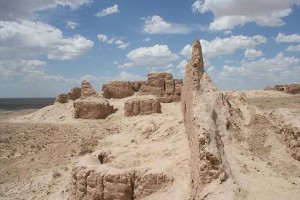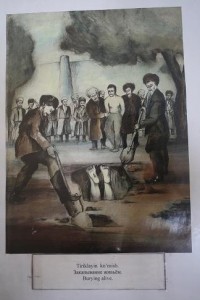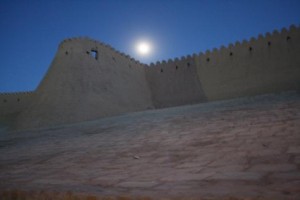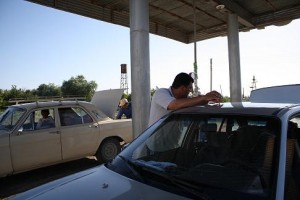Sipping Beer on Alexander’s Fortress Walls
Sultan Sanjar, who referred to himself boldly as Alexander the II or ‘Sultan of the World’ died of a broken heart in 1157. The woman he loved, it was discovered, was not a woman after all but a fairy. She had promised to marry the Sultan in exchange for three favors: 1) that he should never watch her comb her hair; 2) that he should never look at her feet, and; 3) that he should never embrace her. Naturally curiosity got the better of the Sultan and he discovered that when she combed her hair, she actually removed her head, put it on her lap and brushed her hair in that fashion. When he gazed at her feet he saw that she was hovering above the ground. When he tried to embrace the beautiful woman he discovered she was no more than air and fragrance. She thus explained that she was a fiary, and could henceforth only visit him in her fairy form. The modern tomb of the Sultan has a small square hole in the domed ceiling so his fairy lover can visit him from time to time. Before the turquoise tiles were removed from the dome of his mausoleum it was said that a rider could see the tomb from several days out. The Soviets, taking the lore about the Sultan’s fairy literally, tore up large portions of the roof in search of gold the fairy supposedly left her lover. It is, indeed, a very impressive structure, and well preserved (rebuilt). Of lesser importance, a small and rather bland mausoleum was built in the desert nearby for his actual (human) wife.
Moving to the East of the Sultan Kala and towards reality we discovered two crumbling Babylonian-like fortress remnants with corrugated walls and multiple stories intact. We ventured into the larger of the fortresses to discovered adobe stairs leading down into a cavern that dead-ended with a covered door. Were it not a world heritage site, I would have been tempted to get the shovel out of the 4×4 and find out what they kept in their basements in the 7th century. Originally built by Sassanians, the Seljuqs took power and used the fortress, called Kyz Kala, as their base in Merv.

- Sultan Kala, Interior
Not far away from this ancient and mysterious structure is an important Muslim pilgrimage sit, a mausoleum for two companions of the prophet Mohammad. We were not permitted entrance as we were non-Muslims, which was okay with us as we spent the time on site examining an ancient water cistern and several ice houses used in the time of Alexander to keep meat cool throughout the summer. The innovation and technological adaptations these ancient people came up with would far surpass the average person thrust into the past in similar conditions. I sometimes wonder if we are really any smarter today than they were in the 6th century when they built the ice houses, cisterns and massive fortresses out of fewer materials than one can find in a bleak and desolate desert.
We lunched in the shade of the fortress walls drinking beer and unpacking our salads and soups as we watched herders run their cattle and camels through the fortress. That afternoon we drove around the city that has sprung up along the periphery of Merv. One village uses the interior of a small fortress as a dump, and we strolled through piles of trash, used needles, bottles, cattle bones and millions of blue plastic bags. A real shame for such history and culture to be turned into something of no worth to the locals whose history it is. It is a concept I have trouble fathoming, as someone who loves history, but comes from a country with only a few years, comparatively, of national heritage and a coherent past.


